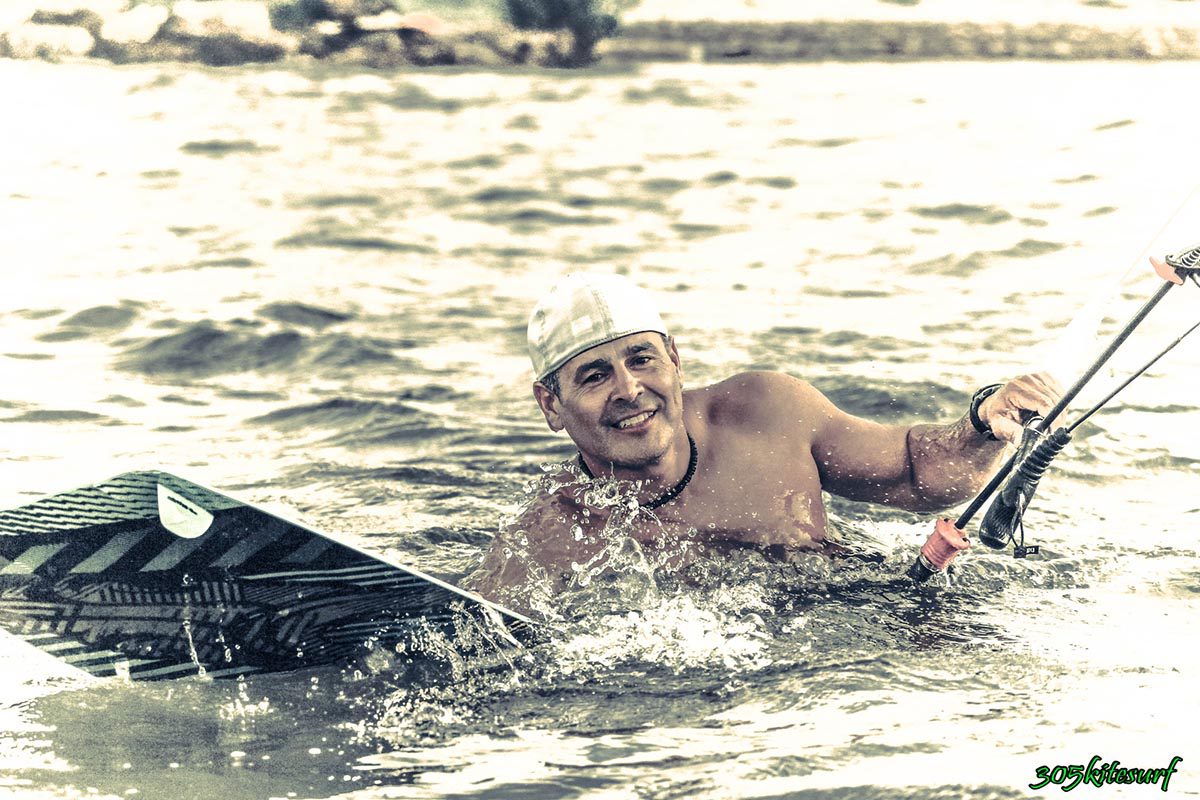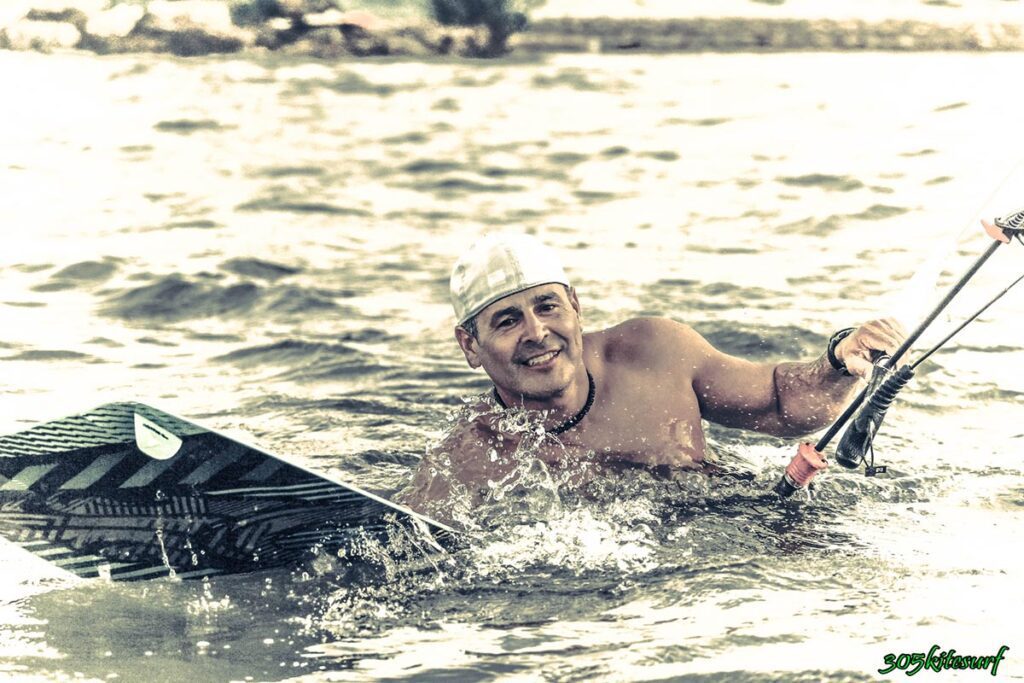
Tips to Improve Your Body Drag Skills in Kitesurfing.
Kitesurfing is an exciting water sport that requires a combination of physical and technical skills. Body dragging is an essential kitesurfing skill that every beginner needs to learn. It is the art of using the kite to pull yourself through the water without using a board. Body dragging is not only helpful in retrieving a lost board, but it’s also a crucial skill for kitesurfers to master before getting on the board. This article will provide tips to improve your body drag skills in kitesurfing.
Table of Contents.
What is Body Dragging in Kitesurfing?
Why Is Body Dragging Important?
Tips to Improve Your Body Drag Skills.
Understanding Wind Direction and Body Position.
Keeping Your Arms Straight.
Utilizing Your Legs for Directional Control.
Practice with a Partner.
Body Dragging in Different Conditions.
Proper Equipment and Gear.
Practice, Practice, Practice!
Common Mistakes to Avoid in Body Dragging.
What is Body Dragging in Kitesurfing?
Body dragging is a technique that involves using the kite to pull yourself through the water without using a board. It’s an essential skill that every kitesurfer needs to learn, and it’s often the first thing you’ll know when taking kitesurfing lessons. Body dragging is the foundation for many other kitesurfing skills, including water starts, riding upwind, and jumping.
Why Is Body Dragging Important?
Body dragging is essential for several reasons:
- It lets you retrieve your board if you lose it while kitesurfing.
- It teaches you how to control the kite and move through the water, which are essential skills for kitesurfing.
- Body dragging is fun and can be a great way to practice your kitesurfing skills without using a board.
Tips to Improve Your Body Drag Skills
Understanding Wind Direction and Body Position.
The first step in improving your body drag skills is understanding wind direction and body position. The wind direction will determine how to position your body and the kite. Your body should be horizontal to the water, with your arms extended straight out. It would help to keep your head up and your eyes on the kite.
Keeping Your Arms Straight.
Keeping your arms straight is crucial for body dragging. Your arms act as the steering wheel for your body, and if they’re not straight, you won’t be able to control your direction correctly. Ensure your arms are fully extended and you’re not pulling on the kite too hard.
Utilizing Your Legs for Directional Control.
Your legs are also crucial for directional control during body dragging. By bending and extending your legs, you can control your direction. If you want to move to the left, bend your left leg and extend your right leg. If you’re going to move to the right, bend your right leg and extend your left leg.
Practice with a Partner.
Practicing with a partner is an excellent way to improve your body drag skills. You can take turns body dragging while the other person controls the kite. This way, you can get feedback on your technique and adjust as needed.
Body Dragging in Different Conditions.
It’s crucial to practice body dragging in different wind and water conditions. This will help you become more comfortable and confident in different situations. Start with light and calm water and work up to stronger winds and choppier water.
Using the proper equipment and gear is crucial for body dragging. You’ll need a kite, a harness, a leash, and a wetsuit. The kite should be the right size for the wind conditions and in good condition. The harness should fit comfortably and securely, and the leash should be attached to the harness and the kite.
A wetsuit is also essential for body dragging. It will keep you warm and protect your skin from the water and the sun. Make sure you choose a wetsuit that’s appropriate for the water temperature, and that fits you well.
Practice, Practice, Practice!
As with any skill, practice is the key to improving your body drag skills. Set aside time to practice body dragging regularly, and be bold and make mistakes. Remember to start with the basics and work up to more advanced techniques.
Common Mistakes to Avoid in Body Dragging.
There are several common mistakes that beginners make when learning to body drag. These include:
- Not keeping your arms straight.
- Pulling too hard on the kite.
- Not utilizing your legs for directional control.
- Losing control of the kite.
- Not paying attention to wind direction and body position.
To avoid these mistakes, focus on the fundamentals of body dragging and practice regularly. Be bold and ask for feedback from more experienced kitesurfers or instructors.
Conclusion.
Body dragging is an essential skill for kitesurfers to master. It’s the foundation for many other kitesurfing skills and a lot of fun to practice. Following these tips and avoiding common mistakes can improve your body drag skills and become a more confident and skilled kitesurfer.
FAQs.
- What’s the best way to practice body dragging?
- The best way to practice body dragging is to start with the basics and develop more advanced techniques. Practice regularly and focus on proper technique.
- Do I need special equipment for body dragging?
- Yes, you’ll need a kite, a harness, a leash, and a wetsuit. Ensure you choose the right equipment for your skill level and the conditions.
- How important is wind direction in body dragging?
- Wind direction is crucial for body dragging. Pay attention to wind direction and body position to control the kite and move through the water effectively.
- Can I learn to body drag on my own?
- Learning to body drag on your own is possible, but taking lessons with an experienced instructor is recommended. They can provide feedback and help you avoid common mistakes.
- Is body dragging fun?
- Body dragging is fun and a great way to practice your kitesurfing skills without using a board.
Author
Latest entries
 WatersportsMay 10, 2023Qatar GKA Freestyle Kite World Cup, Fuwairit Kite Beach, Qatar: 31 January – 04 February – 2023
WatersportsMay 10, 2023Qatar GKA Freestyle Kite World Cup, Fuwairit Kite Beach, Qatar: 31 January – 04 February – 2023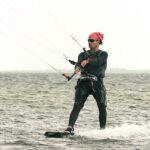 WatersportsMarch 30, 2023Seven Navigation Tips That All Kite Surfers Should Know.
WatersportsMarch 30, 2023Seven Navigation Tips That All Kite Surfers Should Know.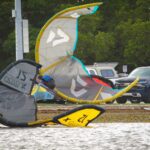 WatersportsMarch 30, 2023Why Safety First is the Most Important Aspect of Kitesurfing.
WatersportsMarch 30, 2023Why Safety First is the Most Important Aspect of Kitesurfing.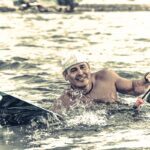 WatersportsMarch 30, 2023Tips to Improve Your Body Drag Skills in Kitesurfing.
WatersportsMarch 30, 2023Tips to Improve Your Body Drag Skills in Kitesurfing.
